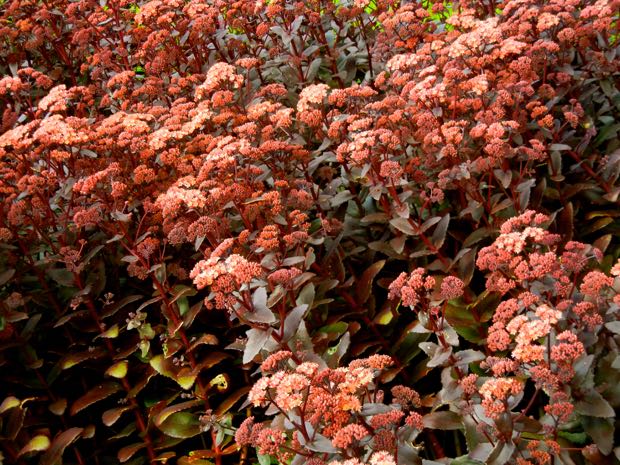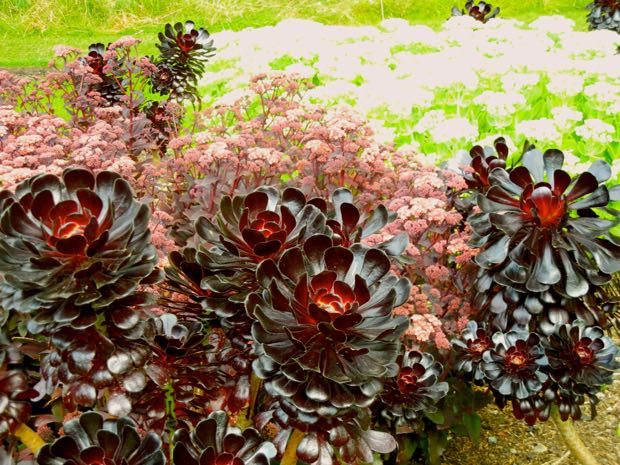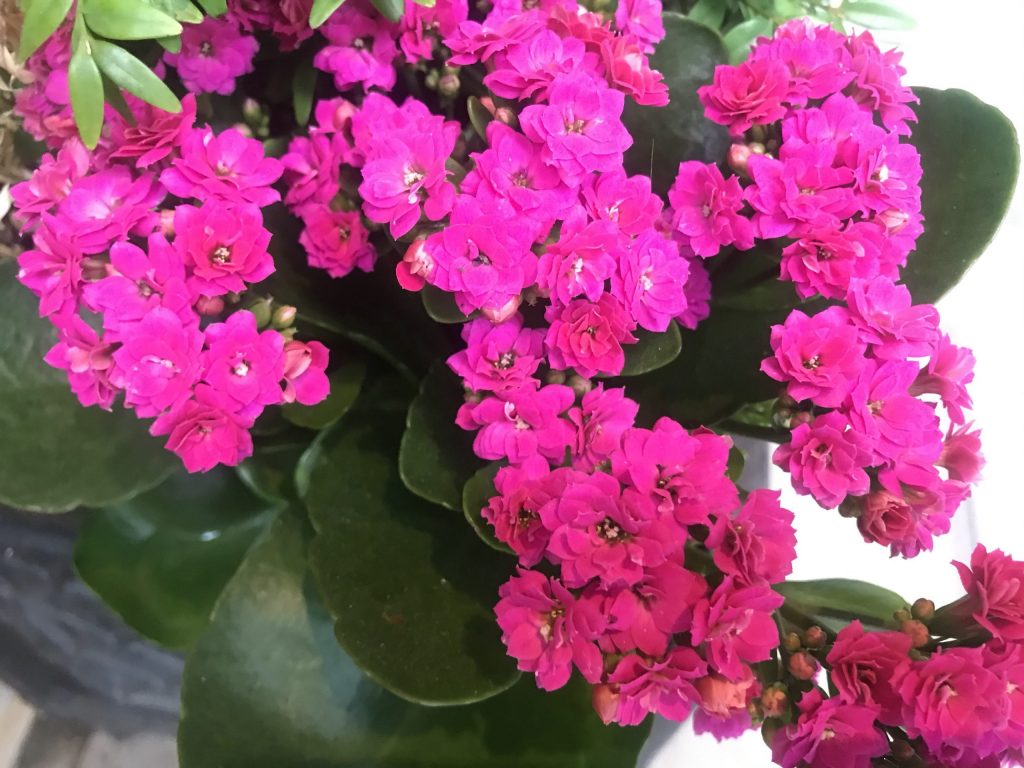The Crassulaceae family, also known as the Stonecrop family, is a diverse group of flowering plants characterized by their succulent leaves and ability to thrive in various climates and habitats. The family is named after the genus Crassula, which is one of the most well-known and widespread genera within the family. Crassulaceae is a large family consisting of approximately 1,400 species and is distributed worldwide, with a higher concentration of species in arid and mountainous regions.
Plants in the Crassulaceae family exhibit a range of growth forms, including rosettes, shrubs, subshrubs, or small trees. The family is primarily composed of herbaceous perennials, although there are a few annuals and biennials as well. The characteristic feature of Crassulaceae is their succulent nature, with thick and fleshy leaves that store water, allowing these plants to withstand dry conditions.
The leaves of Crassulaceae plants vary in shape and size, from needle-like to paddle-shaped, and often have waxy or powdery coatings to reduce water loss. Many species exhibit interesting leaf colors, including shades of green, red, purple, or silver. The flowers of Crassulaceae are typically small and have five petals, often forming clusters or cymes. Flowers come in a range of colors, including white, yellow, pink, or red. Some species also produce offsets or plantlets that emerge from the base of the parent plant, allowing for easy propagation.
Examples of Crassulaceae Plants:
- Jade Plant (Crassula ovata): Also known as Money Plant or Friendship Tree, Jade Plant is one of the most popular succulent houseplants. It has thick, glossy, oval-shaped leaves that are typically jade green. It can grow into a small tree with a thick trunk and is known for its resilience and longevity.
- Echeveria spp.: Echeveria is a diverse genus within the Crassulaceae family, comprising numerous species and cultivars. These rosette-forming succulents are prized for their attractive foliage, which can range from blue-green to pink, purple, or silver. They often produce showy flower stalks with bell-shaped flowers.
- Hens and Chicks (Sempervivum spp.): Hens and Chicks are clump-forming succulents that produce rosettes of fleshy leaves. The “hen” is the central rosette, while the “chicks” are the offsets that surround it. These plants are known for their ability to withstand extreme cold and are commonly used in rock gardens or as ground covers.
- Sedum spp.: Sedums, also known as Stonecrops, are a diverse group of succulent plants within the Crassulaceae family. They vary in size, leaf shape, and flower color. Sedums are known for their ability to thrive in poor soil conditions and are often used in green roofs, rock gardens, or as trailing plants in containers.
- Kalanchoe spp.: Kalanchoe is a genus of flowering succulents that includes a variety of species with different growth habits and leaf shapes. They are known for their colorful and long-lasting flowers, which come in shades of red, orange, yellow, or pink. Kalanchoe plants are commonly grown as houseplants or in outdoor gardens.
The Crassulaceae family offers a wide array of unique and fascinating succulent plants, making it a favorite among collectors and garden enthusiasts. Whether used for indoor decoration, outdoor landscaping, or rock gardens, the plants from the Crassulaceae family bring beauty, resilience, and a touch of uniqueness to any setting. Their adaptability to various growing conditions, combined with their captivating leaf shapes, colors, and charming flowers, make them highly sought after by succulent enthusiasts and gardeners alike. Whether you’re looking to create a vibrant succulent garden or add a low-maintenance houseplant to your indoor space, the Crassulaceae family offers a diverse selection of plants to suit your preferences and growing environment.
Crassulaceae family genera include:
Adromischus
Afrovivella
Aichryson
Altamiranoa
Amerosedum
Bryophyllum
Chiastophyllum
Cotyledon
Crassula
Cremnophila
Dudleveria
Echeveria
Graptopetalum
Graptoveria
Jovibarba
Kungia
Lenophyllum
Meterostachys
Monanthes
Ohbaea
Orostachys
Pachyphytum
Pachyveria
Parvisedum
Perrierosedum
Phedimus
Pistorinia
Poenosedum
Pseudosedum
Rhodiola
Rosularia
Sedastrum
Sempervivum
Sinocrassula
Stylophyllum
Tacitus
Tetraphyle



